A further introductions to motions – the way you ask the court for something.
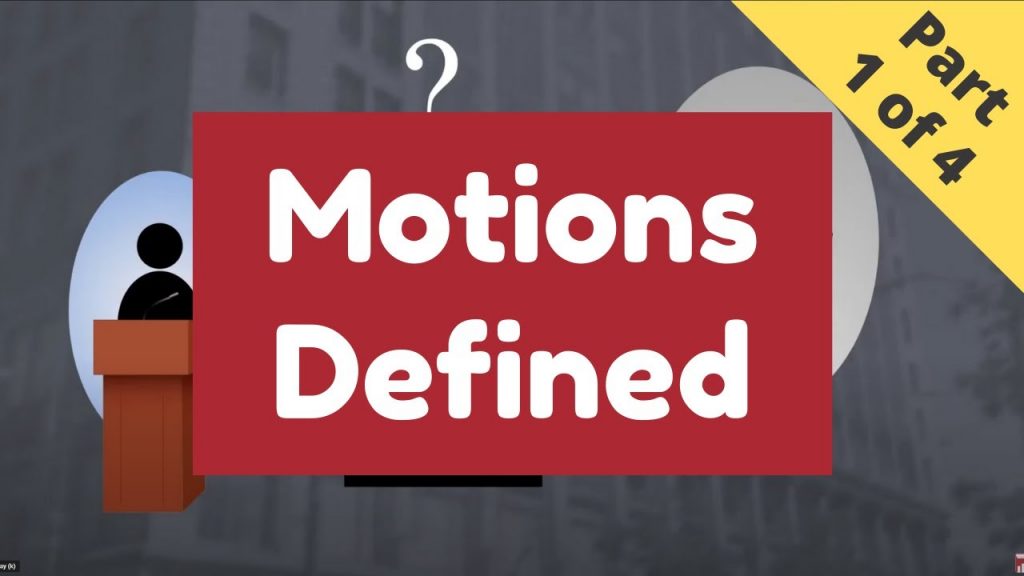

A further introductions to motions – the way you ask the court for something.
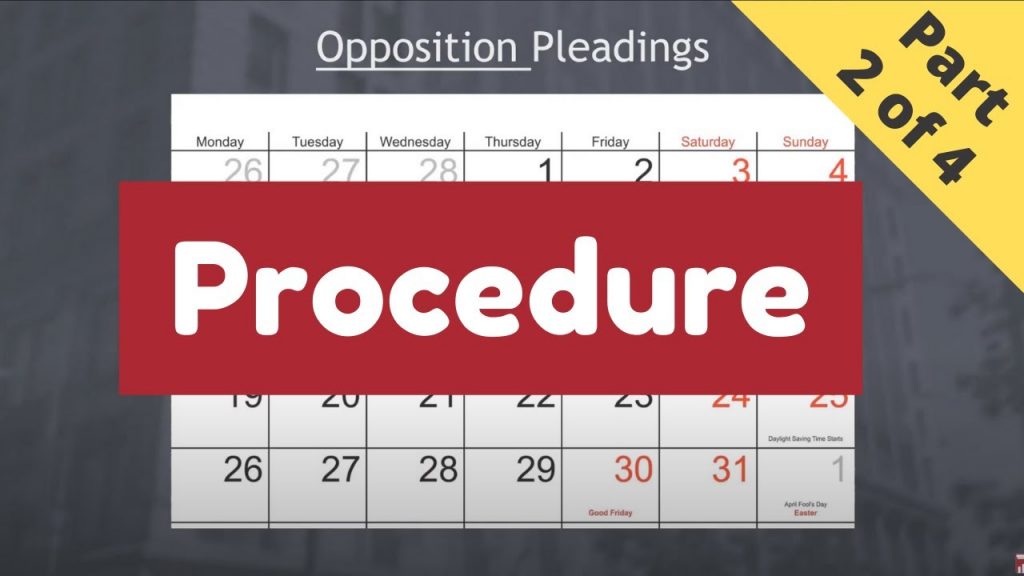
In Part 2, we’ll look at court rules and scheduling.
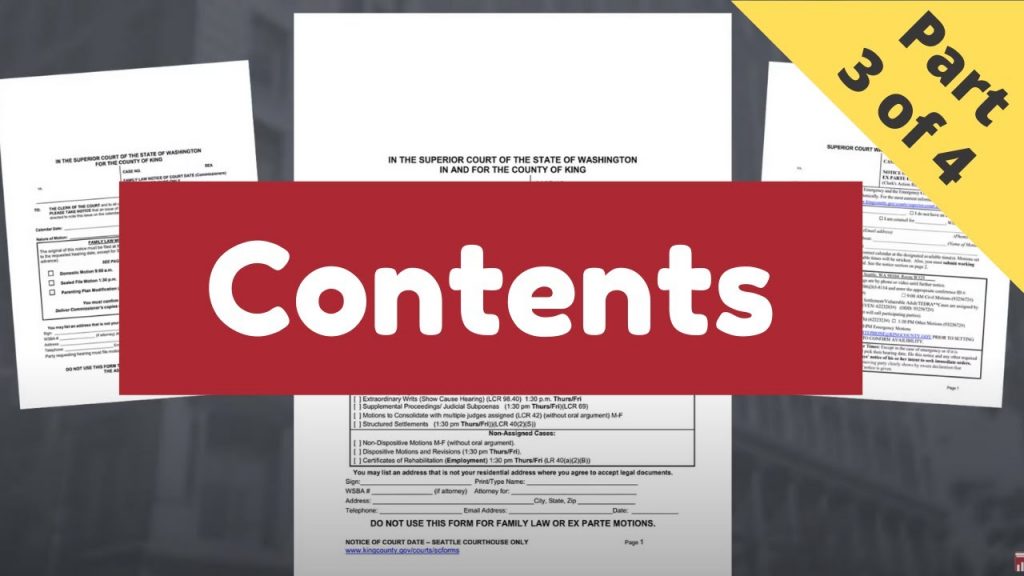
Part 3 addresses Notice of Court Date and the Judge’s working copies.

What should a motion look like? What must be included with it? How do you submit evidence?
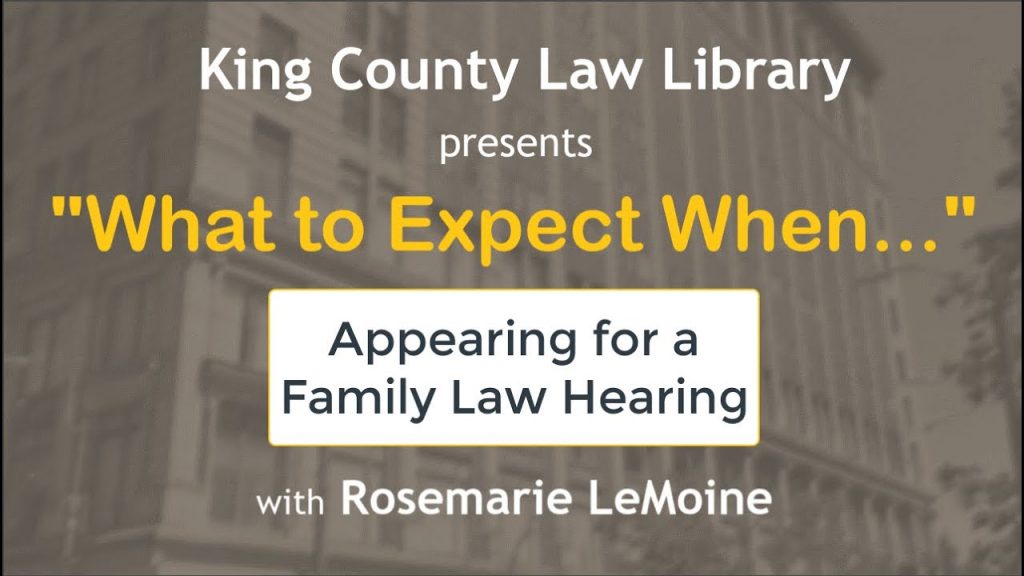
What can you expect when you make an appearance before a family law judge or commissioner? This video gives you some very practical tips – whether you’re appearing via video conference or in person.
(Rev. 04/2022)

This brief video will introduce you to the basics of what is known as “service of process” – the court-mandated requirements for delivering your initial court papers to the defendant/respondent.
Special thanks to the students and librarians at the Seattle University School of Law for all of their help.
(Rev. 04/2022)

This is the first of seven parts in our “Lawsuits Without Tears” video series. The videos are meant to be a very basic introduction to some of the things that a self represented litigant (SRL) without a legal background can expect to encounter while pursuing a case.
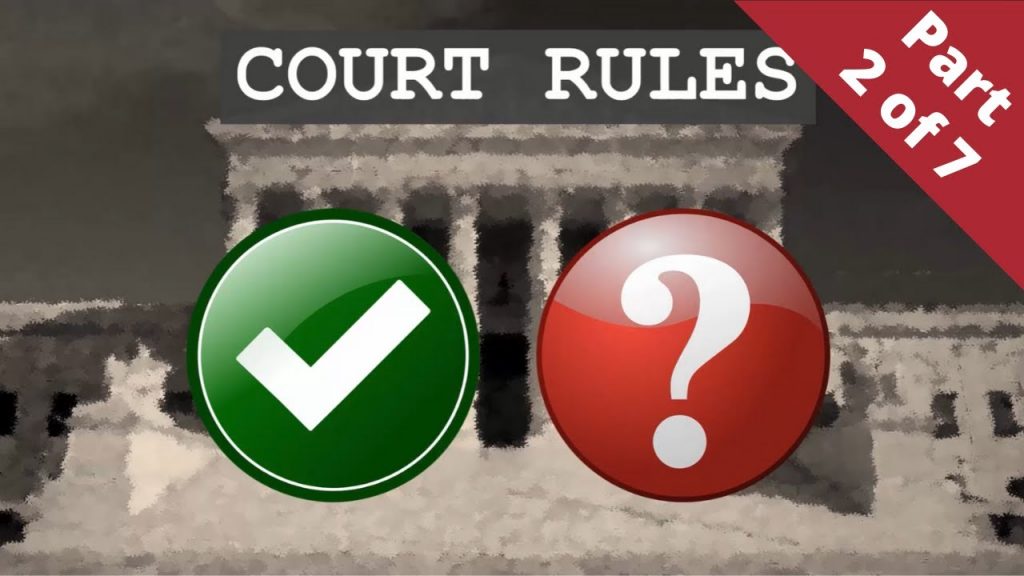
An introduction to the role and importance of court rules in civil cases.
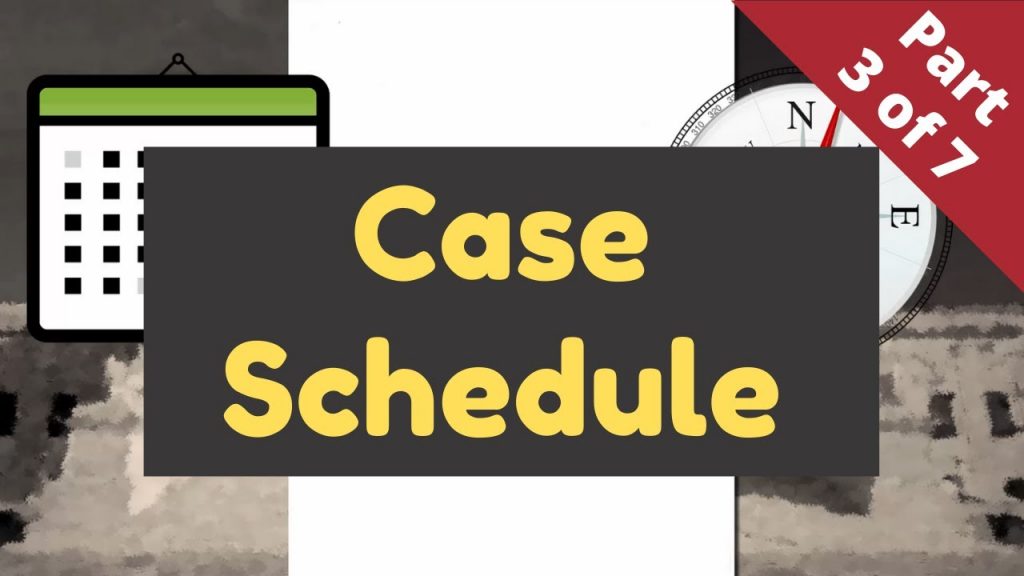
In Part 3, you will learn about the contents and importance of the Case Schedule – which the clerk gives you when you file your case.

The discovery process is where parties collect documentary evidence and testimony that often decides the outcome of their case.